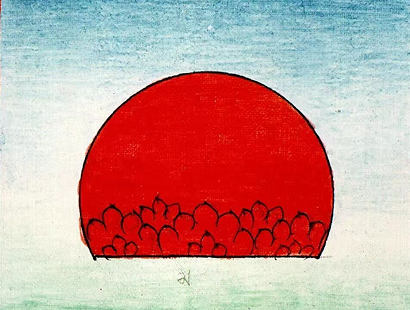Tara (Sanskrit: Tārā), revered as Holy Savioress Buddha-Mother, is a female bodhisattva in Mahayana Buddhism. In Chinese Buddhism, she is considered either an emanation of Avalokiteshvara (Guanyin) or a distinct deity, known as Tārā Avalokiteshvara or simply Tārā Bodhisattva.

Her origins are documented in canonical texts like the Taishō Tripiṭaka and Qianlong Tripitaka, including the Arya-Tārā-Kurukulle-Kalpa translated by Amoghavajra. The Sanskrit term Tārā (meaning "star" or "savior") was phonetically rendered into Tibetan as Drolma ("Liberator"), hence "Mother of Liberation."
In Tibetan Buddhism, Tara embodies Avalokiteshvara’s compassion and is venerated as the Mother of All Buddhas and Mother of Sentient Beings. She manifests in various forms to aid devotees, including:
21 Taras (e.g., Green Tara for protection, White Tara for longevity)
8 Taras (saving from perils like floods or bandits)
Specialized emanations like Kurukullā (subduing obstacles), Sarasvatī (wisdom), and Vasudhārā (wealth).


The Speaking Tara of Jokhang Temple
The Jokhang Temple’s Speaking Tara (Tibetan: Drolma Darlenma, "Tara Who Receives Scarves") is a sacred statue believed to be self-arisen (naturally emerging from a wall). Legend holds that when the scholar-monk Phagpa (of the Sakya school) once offered a ceremonial scarf (khata), the statue spoke: "Present it to me.”

Devotees believe this Tara:
Responds to sincere prayers, offering guidance and relief from suffering. Grants clarity in adversity, whether spiritual or worldly.
Embodies a living bridge between the divine and devotees.
Wearing a Speaking Tara pendant is thought to carry her blessings—a tangible link to Jokhang’s sacred legacy and Tara’s timeless compassion.


